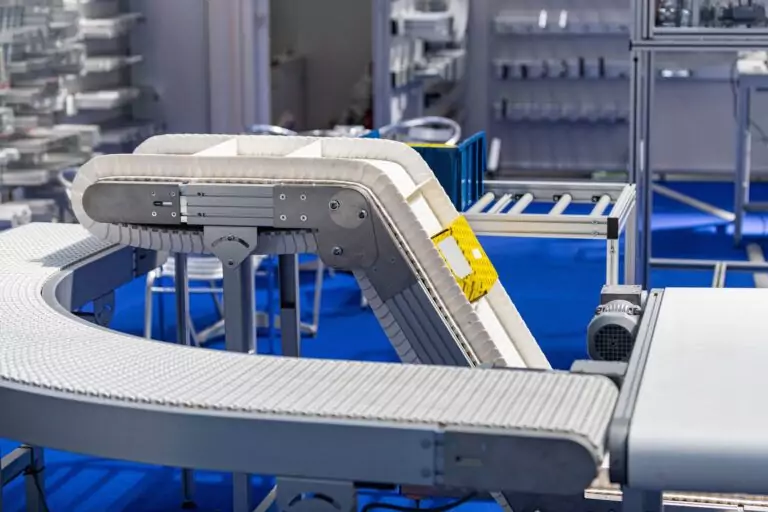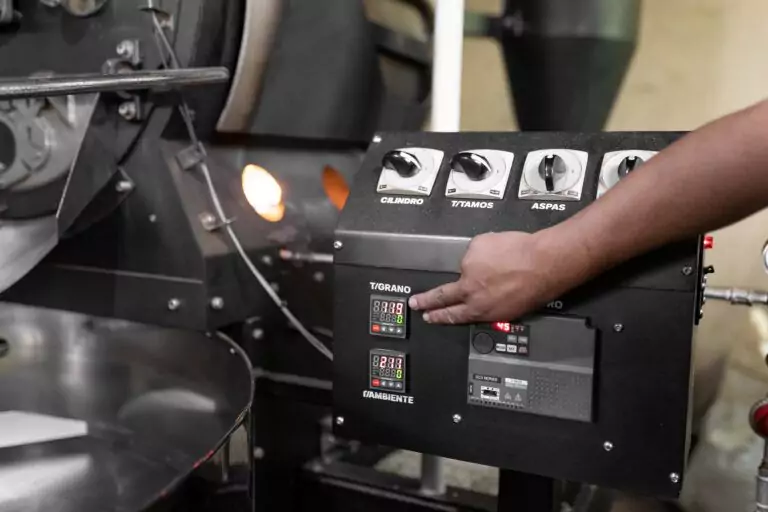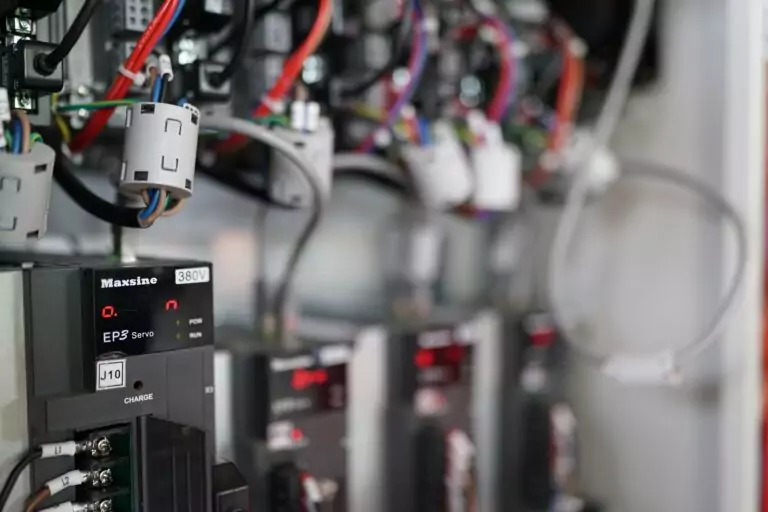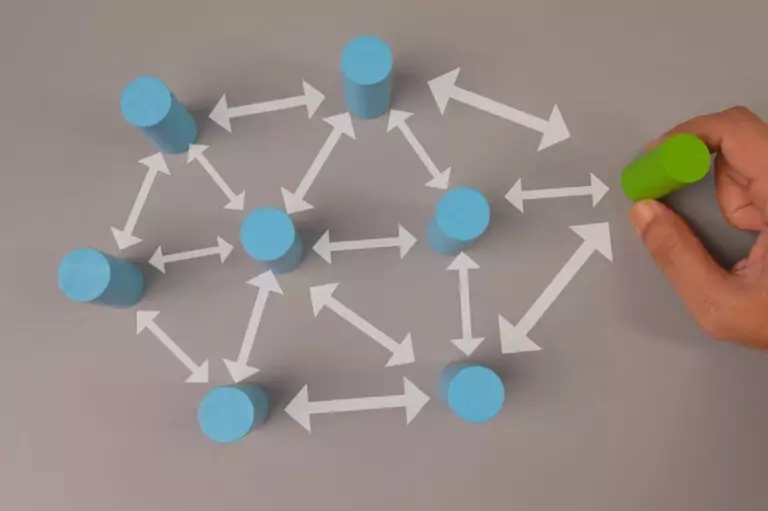Written communication is an ever-present part of engineering services: emails, presentations, reports, plans, and specifications, to name a few.
The amount of written material you generate and need to read in turn can be significant. The ability to quickly comprehend written communications is critical to getting through the day.
5 Cs of Effective Communication
 By writing effectively, you can get your message across to your readers and help reduce the effort required to read your material. Follow these 5 Cs of communication to get the most out of your writing and effectively share the correct message:
By writing effectively, you can get your message across to your readers and help reduce the effort required to read your material. Follow these 5 Cs of communication to get the most out of your writing and effectively share the correct message:
- clarity
- cohesiveness
- completeness
- conciseness
- concreteness
Treating these five Cs as a checklist for your writing can help to improve communication with colleagues.
Clarity
Clarity is the first item on the list because it is the most part important of good communication. If your thoughts are not clear, your writing will not be clear, and your readers will not understand your message. Your readers might give up altogether or form an understanding that is contrary to your objective.
Keep the number of ideas in your sentences to a minimum, and don’t add anything that obscures your message. Try to use facts and figures in your writing to have a greater impact. Be clear about your message and the information you wish to communicate. Clarity will help build trust with your readers.
Cohesiveness
Help your readers understand your message by leading them through your information so that they can see how it logically fits together. Don’t lose your readers in a jumble of meandering sentences or competing ideas. Keep your ideas focused on your message.
A topic sentence is a useful way to state an idea; it acts as a headline for what to expect in a paragraph. The topic sentence is usually the first sentence of the paragraph. The remaining paragraph sentences provide information that supports the topic sentence. Here is an example of a topic sentence with a controlling idea:
Building the pumphouse on the selected site will require innovative construction techniques.
Completeness
When presenting an idea, include enough information to prove your thesis (i.e., your topic sentence). Three supporting sentences and a concluding sentence are usually sufficient to complete the paragraph. The concluding sentence of the paragraph should summarize your main idea by reinforcing your topic sentence.
Depending on the use case, you might consider adding a call to action to your text. A call to action, or C2A, lets people know what additional actions you would like them to take. Example: See Appendix A for the full report or Email me with your questions.
Conciseness
Make every word count. Delete redundant words and simplify wordy expressions. Remove any filler words.
Here are some examples of redundant words:
| Instead of: | Use |
|---|---|
| a distance of five kilometres | five kilometres |
| mixed together | mixed |
| until such time as | until |
For more examples, read our post about how to avoid redundant words in reports.
Here are a few examples of wordy expressions:
| Instead of: | Use |
|---|---|
| due to the fact that | because |
| in close proximity to | near |
| is equipped with | has |
For more examples, read our post about how to avoid a jargon jumble.
Concreteness
Be specific in your meaning by using precise words. Avoid terms that are vague or abstract. For example:
| Abstract | Less Abstract | Concrete |
|---|---|---|
| vehicle | car | a Ford Mustang |
| soon | within the month | by April 30 |
Use terminology consistently. If you initially refer to the warehouse as a warehouse, don’t refer to it later as a storage facility or logistics centre. Changing terminology only distracts and confuses readers.
Effective Communication Skills
Time is often the biggest barrier to effective communication. People in a business setting tend to focus on completing tasks quickly and their written communication can suffer.
For effective communication, remember the 5 C’s of communication: clear, cohesive, complete, concise, and concrete. Be Clear about your message, be Cohesive by staying on-topic, Complete your idea with supporting content, be Concise by eliminating unnecessary words, be Concrete by using precise words.
The 5 C’s will help improve the effectiveness of your written communication. Of course, these principles also apply to verbal communication, where things like body language and eye contact can sometimes muddle a message.
Regularly practicing the 5 Cs will sharpen your skills and have you communicating effectively.









